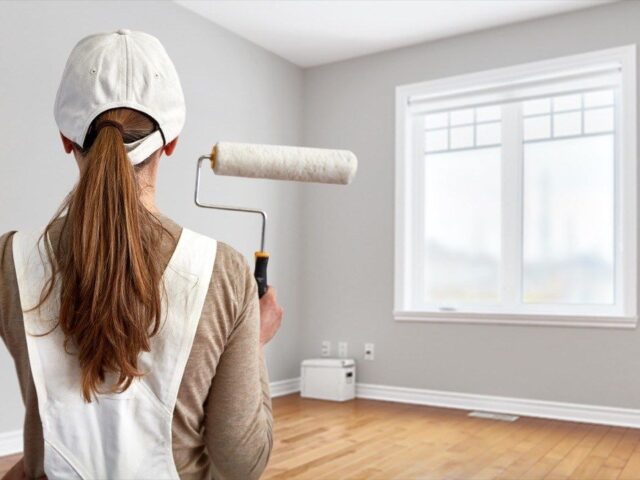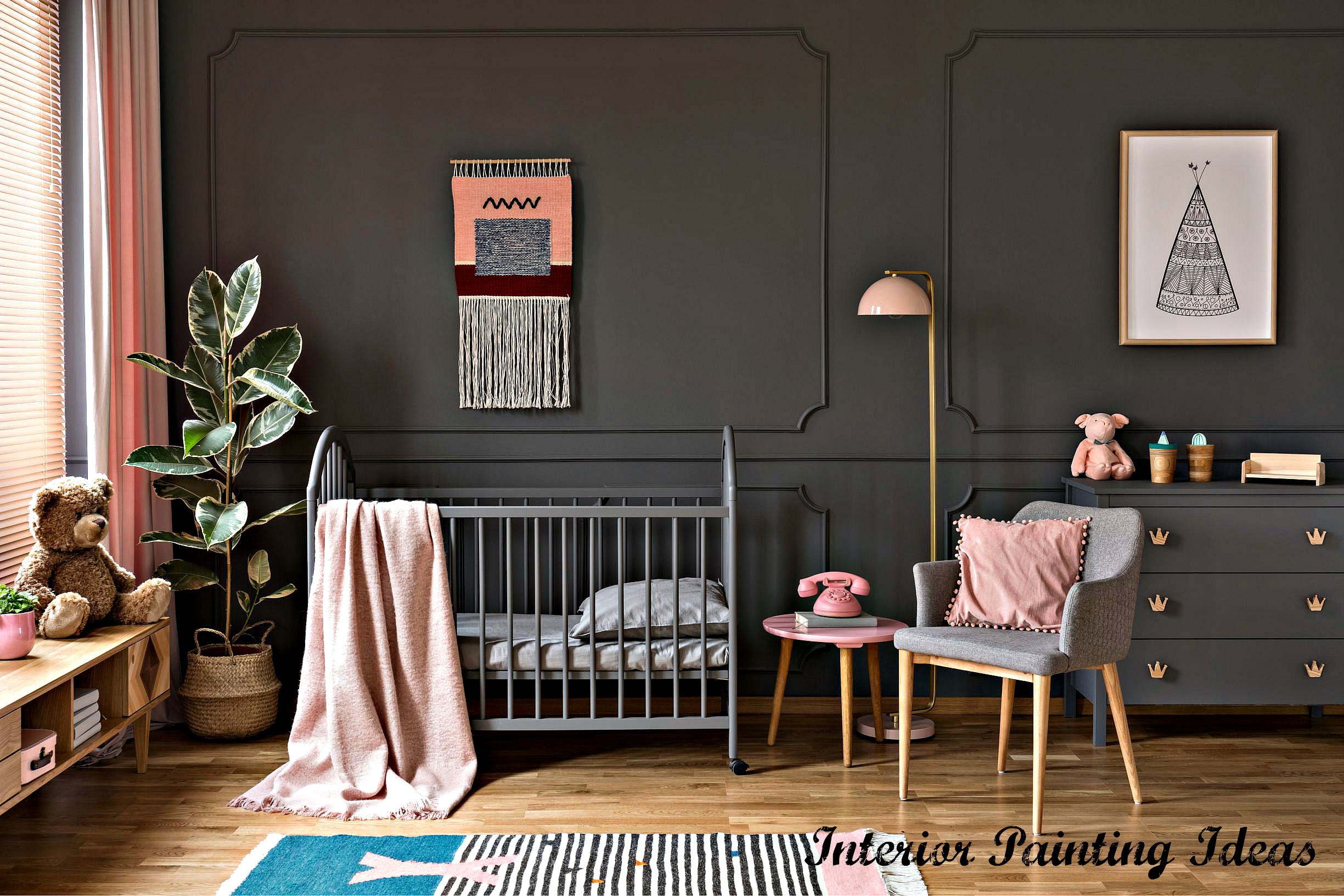Color Consultation in Lakewood: Expert Advice for Perfectly Coordinated Interiors
Color Consultation in Lakewood: Expert Advice for Perfectly Coordinated Interiors
Blog Article
Enhance Your Interior Decoration With Comprehensive Shade Examination
The integration of shade examination right into interior style presents a distinct chance to improve and boost the psychological and aesthetic vibration of an area. By engaging with an experienced color expert, you can navigate the intricacies of shade selection, guaranteeing that your choices not only complement building functions yet additionally resonate with personal style and emotional effect. This critical collaboration can dramatically affect the general environment of your environment, fostering a sense of consistency and function. Recognizing the subtleties of this process is crucial-- what essential aspects should be thought about to accomplish optimum outcomes?
Benefits of Color Appointment

Additionally, shade appointment aids in taking full advantage of all-natural light and maximizing spatial assumption. Lighter hues can make a room appear more extensive, while darker shades produce an intimate setup. Cleveland Metro Painting Specialists. This critical application of shade can dramatically affect the total setting of any indoor room
Additionally, professional consultants have a comprehensive understanding of classic standards and existing fads, making sure that the selected colors will remain appealing over time. This foresight can conserve customers from expensive redesigns in the future. Color consultation encourages customers by offering them with a clear vision and instructions, cultivating confidence in their design options and eventually leading to a more enjoyable and effective indoor design end result.
Comprehending Color Psychology
The relevance of color psychology in indoor design can not be overemphasized, as it looks into the psychological and psychological effects that various shades can stimulate in people. Colors can influence state of mind, behavior, and even performance, making them an important consideration in any design project.
As an example, cozy colors such as red, orange, and yellow are commonly connected with energy and warmth. They can stimulate feelings of enjoyment and convenience, making them suitable for social rooms like living kitchen areas or areas. On the other hand, cool shades like blue, environment-friendly, and purple have a tendency to evoke peace and tranquility, making them suitable for bedrooms or meditation locations.
Additionally, making use of neutral tones can create a well balanced setting by allowing the bolder colors to attract attention without overwhelming the senses. Recognizing these psychological effects makes it possible for designers to create areas that not only look cosmetically pleasing yet likewise promote psychological health.
Including shade psychology into interior decoration includes a thoughtful choice of colors customized to the desired feature of each space, ultimately improving the general experience for its owners. This recognition is crucial for achieving a harmonious and useful indoor environment.
The Shade Wheel Explained
Understanding the relationships in between tones is essential for effective interior decoration, and the shade wheel functions as a valuable tool in this procedure. The shade wheel, established by Isaac Newton in the 17th century, highlights the range of colors set up in a circular style. It makes up primaries-- red, blue, and yellow-- that can not be created by mixing various other colors. Additional colors, formed by combining key shades, include eco-friendly, orange, and purple. Tertiary shades arise from mixing a main and a second color, resulting in colors such as turquoise and red-orange.
The shade wheel aids designers grasp the partnerships between shades, including complementary, similar, and triadic schemes. Corresponding colors, positioned contrary each other on the wheel, create lively contrasts that can energize a room. Comparable shades, located beside each other, provide a unified and cohesive appearance. Triadic systems utilize 3 uniformly spaced shades, providing equilibrium and visual passion.
Utilizing the color wheel in interior decoration not just improves aesthetic allure yet likewise stimulates specific feelings and ambiences, making it an important referral for color appointment. Comprehending these partnerships ultimately equips developers to develop spaces that are both aesthetically click here for info captivating and practical.
Choosing the Right Scheme
Frequently, selecting the ideal scheme is a crucial factor in achieving a successful interior decoration job. An appropriate shade system can link a space, enhance its features, and evoke wanted feelings. To start, take into consideration the purpose of the room. Different spaces serve varied functions and need combinations that show their designated use; for example, serene colors such as soft blues or greens work well in rooms, advertising leisure.
Light can substantially modify just how shades show up, so it is crucial to examine the room at different times of the day. An unified combination should enhance these functions, developing a cohesive appearance throughout the room.
When choosing colors, use the 60-30-10 rule, which recommends that 60% of the space must be a dominant shade, 30% a second shade, and 10% an accent shade. This ratio guarantees balance and aesthetic interest (Cleveland Metro Painting Specialists). Example shades on the walls before devoting, as this allows you to see exactly how the tones interact with one another and the general setting they create in your interior style task.
Collaborating With a Color Expert

When dealing with a shade professional, the procedure commonly starts with a first examination. Throughout this meeting, you'll discuss your vision, preferences, and the existing components in your room. The expert will certainly evaluate your requirements and may advise details shade combinations that line up with your goals.
After developing a direction, the specialist will give examples and visual aids to aid you imagine the suggested color pattern. This action is critical, as shades can appear in view it now a different way under varying lights problems.
Additionally, a shade expert can direct you in selecting corresponding home furnishings, artwork, and accessories to integrate with your selected palette. By teaming up carefully, you can accomplish a polished aesthetic that boosts your interiors and develops an inviting environment. Ultimately, the competence of a color professional can considerably improve the overall effect of your design task.
Verdict
In recap, thorough shade assessment offers as a crucial tool for enhancing indoor style. By leveraging expert understanding of shade psychology and spatial dynamics, a customized color scheme can be developed to evoke certain emotions and produce a harmonious setting.
By engaging with an experienced color specialist, you Source can browse the intricacies of color choice, guaranteeing that your choices not just complement architectural functions but also reverberate with personal design and mental effect. It comprises main colors-- red, blue, and yellow-- that can not be produced by mixing other shades.The color wheel assists designers realize the partnerships in between shades, consisting of corresponding, similar, and triadic systems.When picking colors, use the 60-30-10 policy, which suggests that 60% of the space should be a leading shade, 30% an additional color, and 10% an accent shade. By leveraging expert knowledge of shade psychology and spatial dynamics, a tailored shade combination can be established to evoke particular feelings and produce a harmonious atmosphere.
Report this page